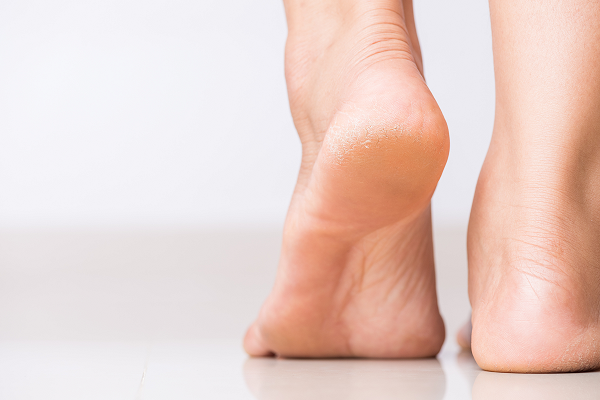As we go about our busy lives we are not easy on our feet. We work 8, 10, some of us 12-hour days, usher our children to and from activities, and try to get our bodies moving as well. Most of the time, we suffer the occasional ache or pain and are able to rebound and get back to our lives. However, sometimes all this time on our feet can lead to a more stubborn problem. Plantar fasciitis or plantar heel pain is a very common condition that effects people from many
walks of life.
The plantar fascia lies on the bottom of your foot, starting at the calcaneus (heel) and runs along the length of the foot towards the toes. It has many different attachments that affect when pain may come on, as well as how it is treated. Some important attachments include, the flexor tendons of the toes, the intrinsic muscle of the

foot (postural muscles) and the achilles tendon. The plantar fascia’s main action is to provide stability when your foot is bearing weight (running, walking, standing etc.). We weight bear so much, in so many different ways, throughout the day that an inefficient or painful plantar fascia can cause compensations throughout the lower extremity, causing pain and dysfunction in your ankles, shins, knees, hips and lower back. Therefore, it is important to seek treatment or try to self-manage as early as possible after onset of symptoms. It is also beneficial to address any potential risk factors before pain occurs.
Risk factors for plantar fasciitis:
- a loss of dorsiflexion (ankle bending), which can be caused by tight calf muscles or decreased mobility in the ankle joint
- altered foot position (high arch or flat foot)
- over-pronation (flat foot) during walking
- poor footwear (not supportive or ill-fitting)
- high impact, repetitive activities (walking/standing all day, running, plyometrics)
Signs and symptoms:
- the worst pain you experience is the first step out of bed or after resting for a long period (this is because the plantar fascia shortens/tightens when at rest)
- pain with excessive activity (after long runs or the end of the work day)
- tension in the achilles tendon and calf muscles
- increased pain when barefoot
Self management strategies:
- calf, plantar fascia stretching
- ice water bottle/ball release on the sole of the foot
- well-fitting, supportive shoes
- activity modification
Planar fasciitis or plantar heel pain can be effectively assessed and treated by a physical therapist with a combination of soft tissue release, therapeutic ultrasound, joint mobilizations and a progressive stretching and strengthening program.
